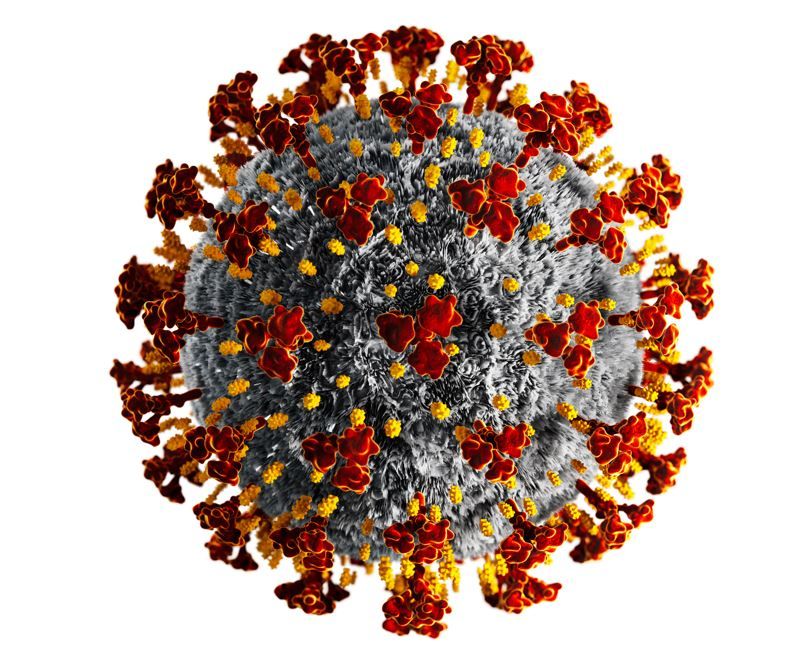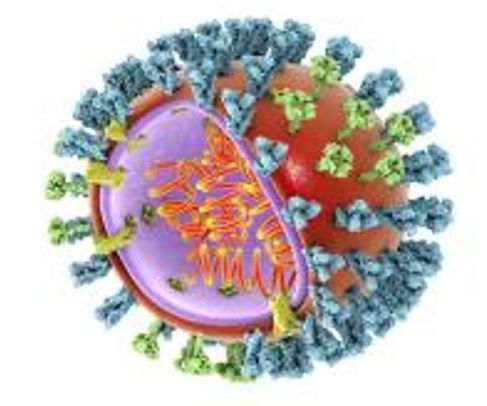The Legacy of Vaccine Hesitancy: From COVID-19 to Flu
Vaccine hesitancy became a public health threat during the COVID-19 pandemic that lingers now and has affected uptake of other essential immunizations.
Vaccine hesitancy spread significantly in the wake of the COVID-19 pandemic and the amidst the onslaught of misinformation, particularly online. This flu season, seeking out reliable sources of health information will help individuals make the best decisions to protect themselves.
©angellodeco/stock.adobe.com

In 2019, the World Health Organization (WHO) described vaccine hesitancy—the outright refusal or reluctance to get vaccinated regardless of the availability of vaccines—as a top-10 threat to global health.1 At the time, WHO estimated that vaccinations prevented up to 3 million deaths each year; furthermore, an additional 1.5 million deaths could be prevented if global vaccine awareness, coverage, and efforts were enhanced. Vaccine hesitancy has been studied since the 1960s. In the wake of COVID-19 vaccination campaigns and residual anxiety, however, these research endeavors have more than tripled. A systematic literature review published in Vaccines found that there were 1160 scientific publications concerned with the subject in the pre–COVID-19 era (1968-2021), and this number jumped to a striking 4563 publications post COVID-19 (2021 onwards).2
While vaccine hesitancy is fueled by a variety of factors that feed into vaccine hesitancy, the fact of the matter is that uncertainties about vaccinations—their safety, efficacy, etc—remain a major public health concern that has affected immunization rates ranging from polio and Ebola to COVID-19 and the flu. As flu season sits right around the corner, post–COVID-19 vaccine hesitancy remains a pertinent issue and a challenge worth exploring to ensure patients remain informed and able to protect their health to the best of their ability.
Elements of COVID-19 Vaccine Hesitancy

A 2023 publication in BMJ Open evaluated the perspectives of self-described vaccine-hesitant adults from Black and Latinx communities and found that these groups shared similar anxieties about receiving their COVID-19 vaccination.3 Participants were not outright opposed to the vaccine but were undecided due to safety concerns. The authors focused on these communities due to data indicating that COVID-19 vaccination rates were lower in Black and Latinx vs White communities. While this gap has been shrinking, they added that Black and Latinx patients also endure worse clinical outcomes when diagnosed with COVID-19. This reality brought into question the role of social determinants of health and structural racism; however, these issues were not cited as reasons that put them more at risk for infection or to forego their vaccination.
Two online forums were conducted, 1 for each group, featuring 30 participants in each. Responses highlighted 5 major factors that contribute to individuals’ reluctance to get the COVID-19 vaccine:
- Safety concerns: participants believed there are a lot of unknowns about the vaccine, undisclosed ingredients, lacking information about the short- or long-term effects, and the belief that it can be directly responsible for one’s death.
- Skepticism about efficacy: reports on surges in cases and new variants led respondents to question how well the vaccine works to prevent infection or transmission, or if vaccination is truly enough to protect public health.
- Risks outweigh the benefits: this perception was accompanied by the belief that infections would be mild, there are other means for protecting oneself (masking), or vaccines are only for the most vulnerable people (the elderly, immunocompromised, etc).
- Mistrust: lacking confidence in medical expertise on the new vaccine, lacking trust in government spokespeople as credible and reliable messengers, and limited trust for public health authorities, like the CDC, whose advice and guidelines changed often.
- How outcomes vary by race/ethnicity: participants reported differing views on whether COVID-19 affects people differently due to ethnicity and, if so, whether that disparity is due to structural factors.
Other analyses on this phenomenon cite similar concerns from health care workers and the public at large, with hesitancies largely stemming from lacking or misguided information, distrust in medical or governmental institutions, preferences for physiological immunity, and a desire for personal autonomy and freedom of choice.4,5
Post–COVID-19 Influenza Vaccine Hesitancy

“The roll-out of COVID-19 vaccines has highlighted the need to comprehensively understand adult vaccine hesitancy and its manifestation within the population,” wrote Victoria Zhang and colleagues in their 2023 article published in the International Journal of Environmental Research and Public Health.6 Their cross-sectional study gathered data on US adults to explore the prevalence of COVID-19 and flu vaccine hesitancy, as well as the patterns and demographic features that play into one’s hesitation or refusal. Their findings emphasized the continued influence of medical mistrust, especially in communities of color. Notably, political affiliation was also highlighted as an influencer of vaccine hesitancy, with the odds of hesitancy being 2.3 times greater for Republicans than Democrats (95% CI, 1.3-4.1). “The hesitant attitudes could be explained by right-leaning media coverage of the virus and, thus, different partisan responses regarding vaccines,” the authors wrote, pointing out the skeptical and dismissive narratives perpetuated by some right-leaning news sources during the COVID-19 pandemic. These results underscore the importance of the information people receive alongside cultural factors when it comes to vaccine hesitancy.
The CDC reports that flu vaccine coverage throughout the US has continually declined in the post–COVID-19 era, a stark contrast from prepandemic trends that showed flu coverage on the rise year after year.7 In the case of children, the CDC harkens to a 2023 study that discovered over 30% of children in the US have a parent who is hesitant about the flu vaccine; a 2024 pool revealed the proportion of parents who believed “it is extremely important for parents to have their children vaccinated” decreased by 18% since 2019. Similarly to COVID-19 vaccine reluctance, parents have reported concerns about the efficacy and safety of flu vaccines, disbelief that they or their child will get sick, and access or cost issues that prevented vaccination in some cases (these incidents were far less common).
For more information about flu vaccination coverage and its variability across different demographics and states over the years, please visit the CDC website.
Vaccine Hesitancy Threatens Public Health
“Hesitancy around vaccination is now causing people to refuse or delay vaccination even before vaccines become available. Before the highly anticipated rollout of the COVID vaccines—described as the largest vaccination campaign in history—many didn’t plan to get a COVID vaccine,” according to Flu.com, citing polls from the early phases of the pandemic that indicated around half of Americans already decided not to get a vaccine when it becomes available.8 The flu has not been exempt from this phenomenon—despite vaccines’ proven benefits for preventing infection or mitigating more severe symptoms—dating all the back to 2009 when swine flu swept through the US. In a prior study conducted during the 2019-2020 flu season, over 35% of 264 patients who were hospitalized after developing a severe case of acute respiratory illness reported being worried about the flu vaccine’s efficacy, and nearly an additional 15% cited concerns about its safety. As data already discussed demonstrate, and is underscored by writing in 2022 in The New York Times, these elements of mistrust were exacerbated in the wake of COVID-19.
Amidst the varying degrees of vaccine hesitancy, receiving the flu shot ahead of each flu season remains the surest way to prevent and mitigate the severity of infection. If the literature on vaccine hesitancy conveys any lesson, it is that seeking out reliable, evidence-based sources of health information should remain a priority for patients and health workers alike.
For more information on how to spot health misinformation, follow this link.
Editors note: This article originally appeared on our partner site, The American Journal of Managed Care.